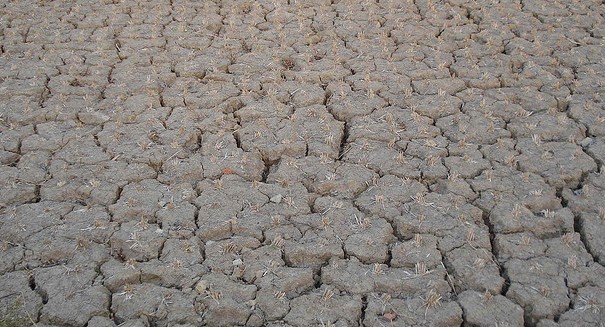
California's current drought is the worst since it became a state in 1850, but data suggests that the area is prone to megadroughts which can last for 200 years.
According to a report in the San Jose Mercury News, California’s current drought is the worst in recent history and the worst could be yet to come.
California’s rainfall in 2013 was the lowest since it became a state in 1850 and the current rainfall period is on pace to be the driest since 1580. California suffered severe, multi-year droughts from 1987 to 1992 and from 1928 to 1934, but tree ring readings and other data suggest that the area has seen much more severe and long lasting droughts in the distant past.
According to Scott Stine, a professor of geography and environmental studies at Cal State East Bay, the past century has actually been one of California’s wettest in the last 1,000 years.
“We continue to run California as if the longest drought we are ever going to encounter is about seven years,” Stine told the San Jose Mercury News. “We’re living in a dream world.”
In the more distant past, the region experienced “megadroughts” that lasted from 850 to 1090 (240 years) and from 1140 to 1320 (180 years).
Some scientists believe that California is already in a megadrought that began in 2000. Bill Patzert, a research scientist and oceanographer at NASA’s Jet Propulsion Laboratory in Pasadena, believes that “negative Pacific decadal oscillation” which causes extreme high pressure systems that block storms is already underway.
While not convinced that climate change is the cause of the drought, it is seen as a wildcard that could have a strong impact on the situation. “Long before the Industrial Revolution, we were vulnerable to long extended periods of drought. And now we have another experiment with all this CO2 in the atmosphere where there are potentially even more wild swings in there,” Graham Kent, a University of Nevada geophysicist, told the San Jose Mercury News.
If the drought continues it is believed that farmers and small towns would bear the brunt of the impact. Currently 80 percent of California’s water is used by agriculture, which accounts for only 3 percent of the state’s economy. While it could become very costly, big cities could pay to increase their water supplies. Small towns, however, would be less able to pay and farmers would quickly reach a point where high-priced water would make farming unprofitable.
Source: San Jose Mercury News
Leave a Reply